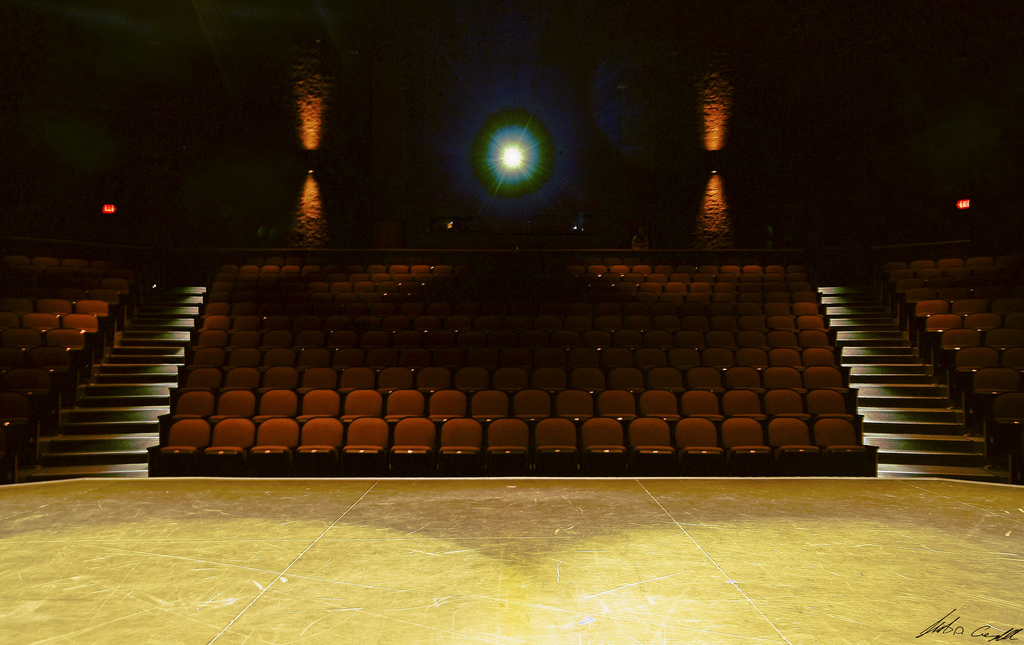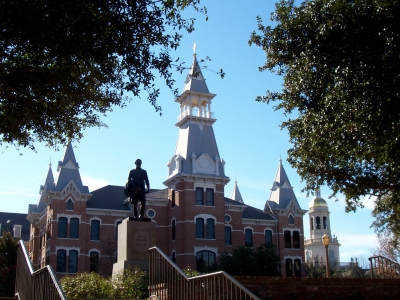 Artists and arts organizations interested in understanding “THE AUDIENCE” talk endlessly about programs and outreach and cultivation, always asking who is the audience? How do we reach them? What do they think? What would draw them into our sphere?
Artists and arts organizations interested in understanding “THE AUDIENCE” talk endlessly about programs and outreach and cultivation, always asking who is the audience? How do we reach them? What do they think? What would draw them into our sphere?
To us the question is, “who are you?”
Who do you know? Are you not also part of “the audience?” In reality, every institution, every person is part of the audience, or at least an audience. It seems that we are conditioned to only look “out there” for answers about human nature and human behavior. Without questions, rational observed analytical approaches to understanding the audience are important. But where have they led us? Are we missing out on intuitive input to this important issue? We think that’s the case.
We feel the public can be loosely arranged into four categories of audience, the activated, the willing, the indifferent, and the unwilling/disinterested. Understanding the audience this way ignores class, education, race, age and other such demographic distinctions that surveys and traditional methods of analysis can’t measure.
With regards to the activated audience we need not say much. Only that it seems there aren’t enough of them and we tend to take them for granted.
The unwilling are similarly simple. There is little you can do to engage them. The best hope is some sort of confrontational “come to Jesus” moment – the kind that they can’t anticipate and then avoid – that propels them up the ladder.
The real substance lies in the understanding of the remaining two segments.
But what is the best way understand those kinds of audience members? And it’s also important to identify our goals with regards to the audience. Simply put, it is to get people to climb the ladder one rung at a time.
The goal cannot be to only count heads. Turnout is great. Grassroots popularity for one show or two is nice, but like the grass it is here today and gone tomorrow. Growth in breadth is key but simply drawing more indifferent or willing people on the ladder will only make more work later on as you find ways, each and every time, to help those groups overcome the barrier to engagement for every event. They must be encouraged and helped up the ladder. We need them to eventually become part of the activated audience.
So what can begin to help us understand the groups at the heart of audience development – the indifferent and the willing. The institutional response would be to do a survey. And the value of the survey cannot be denied, but we think there is a briefer and somewhat more human – and possibly better – solution.
Ask yourself, what cultural things are you disinterested in or unwilling to engage? What things are you indifferent towards? What things are you willing to engage with but don’t and why?
Now think about what ways the purveyors in each category might grab your attention and what strategies might work to take you up a rung of the ladder. Then, realize that everyone you come across falls on that scale somewhere with regard to your work or mission.
Much more can be said about this, and will be, as we unpack ways to better understand people in those two critical demographics. Until we’ve time to flesh it out think about how to position art and activity in a way that can be a catalyst toward building, not a larger audience, but an activated one.
 Asking us what we call our music is a little like asking a chef “what kind of food is this?” We imagine that most chefs are highly tempted to respond with something like, “the kind that is delicious.” We understand their quandary.
Asking us what we call our music is a little like asking a chef “what kind of food is this?” We imagine that most chefs are highly tempted to respond with something like, “the kind that is delicious.” We understand their quandary.



